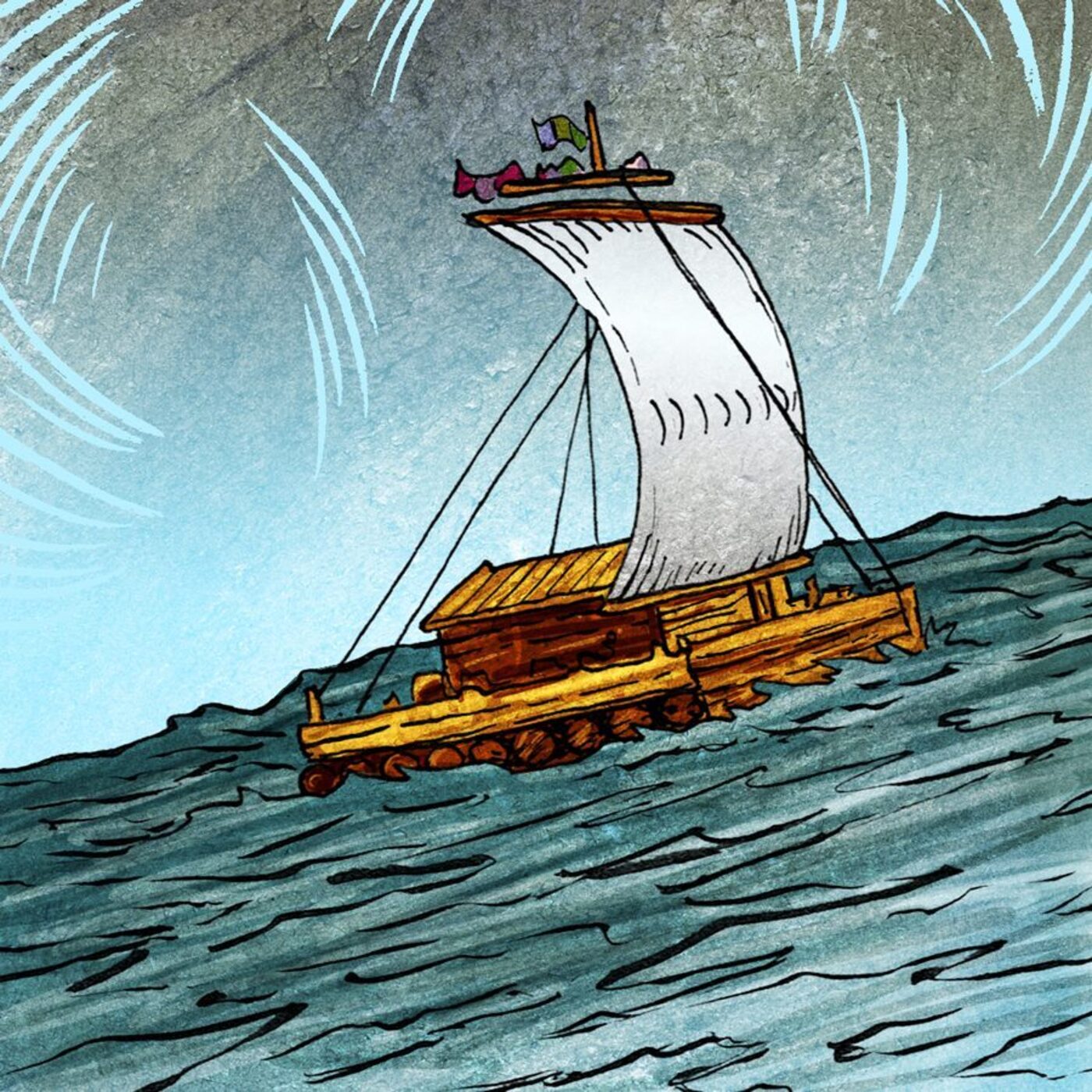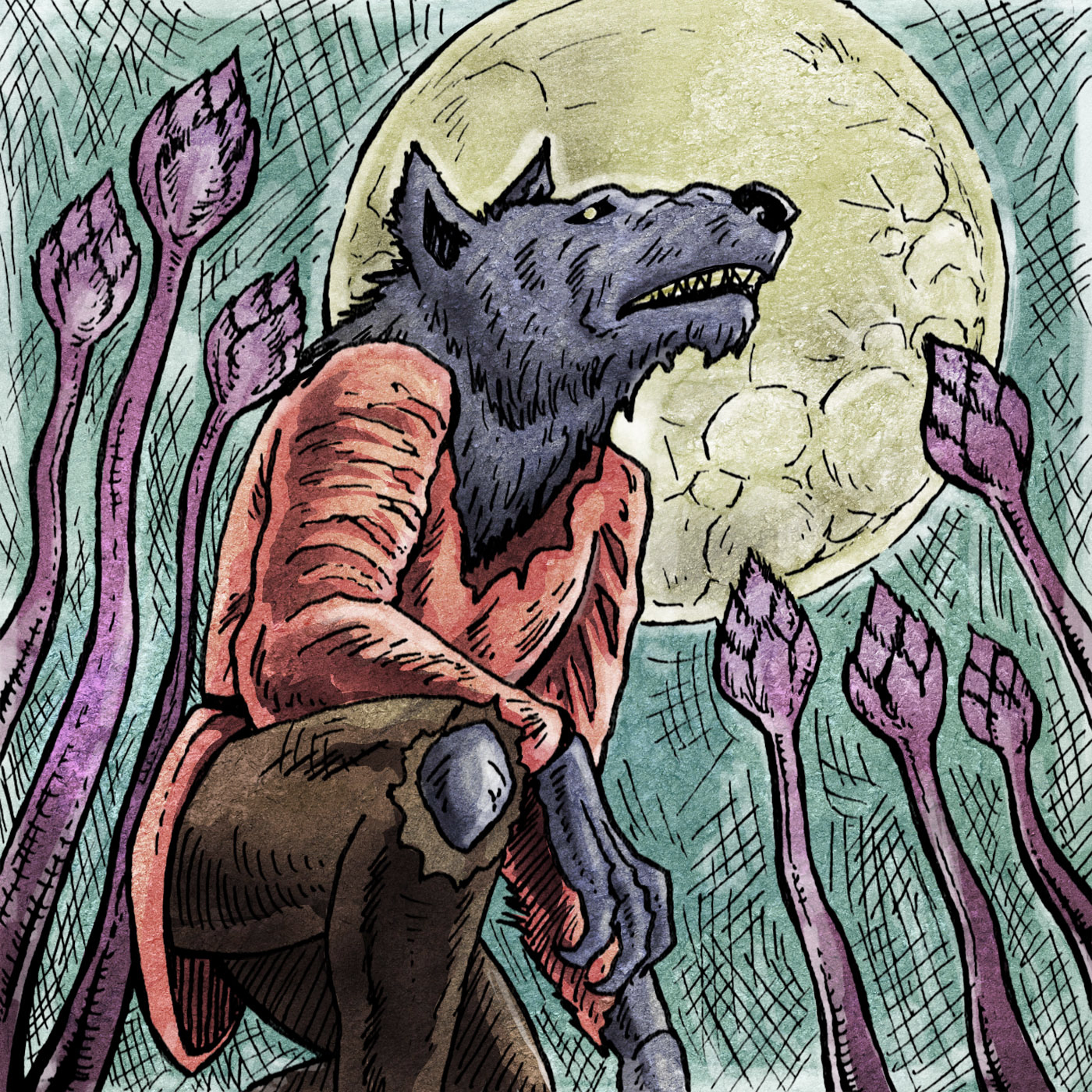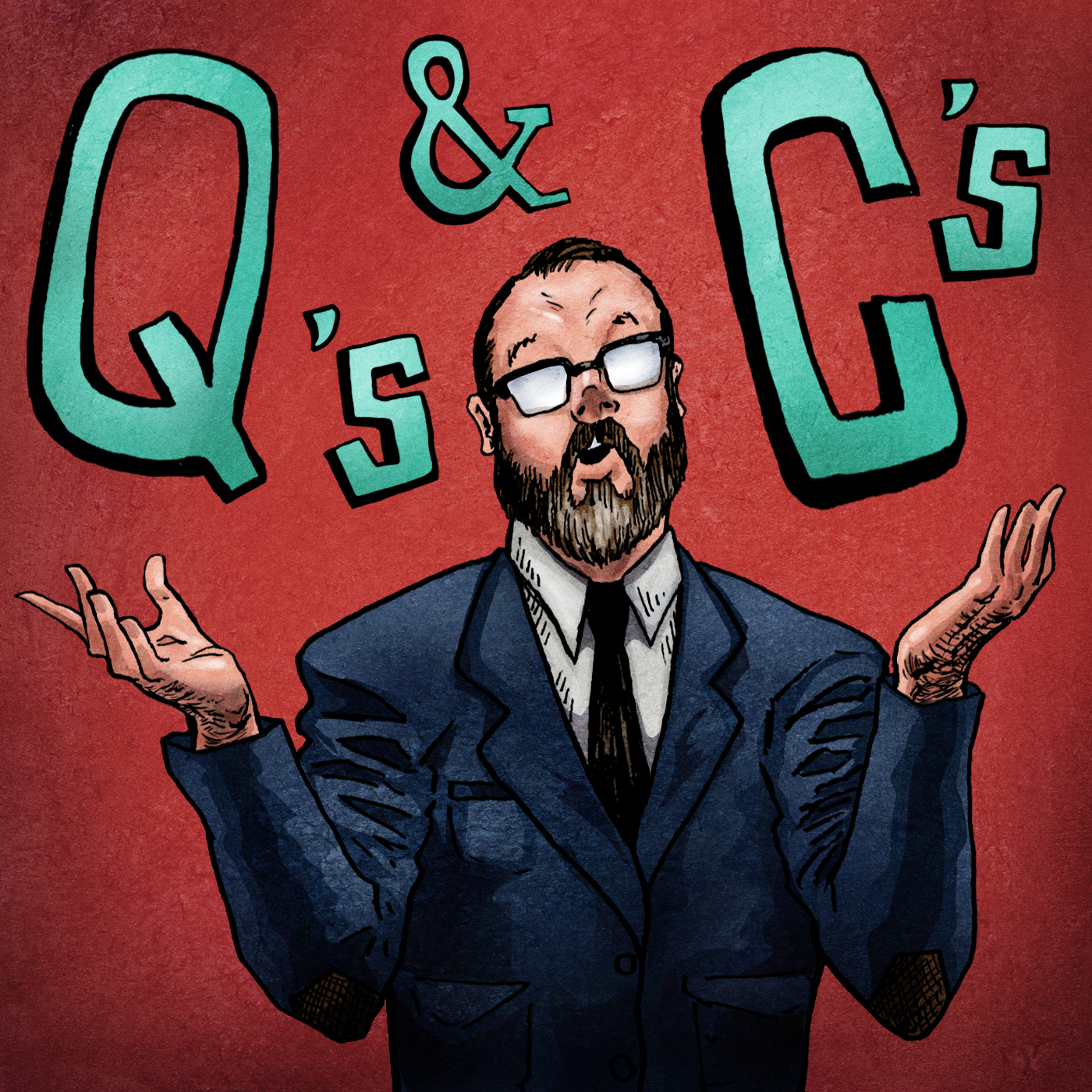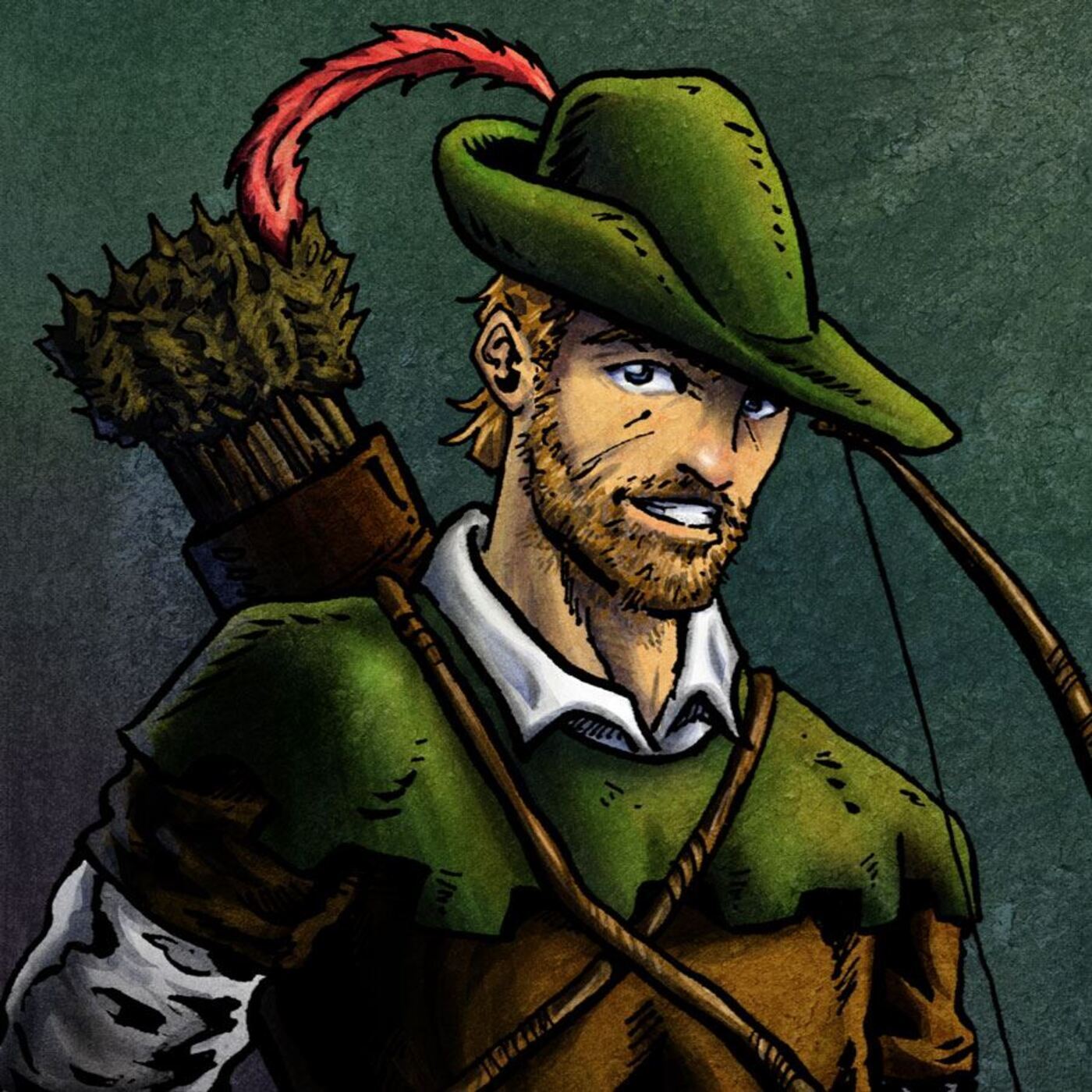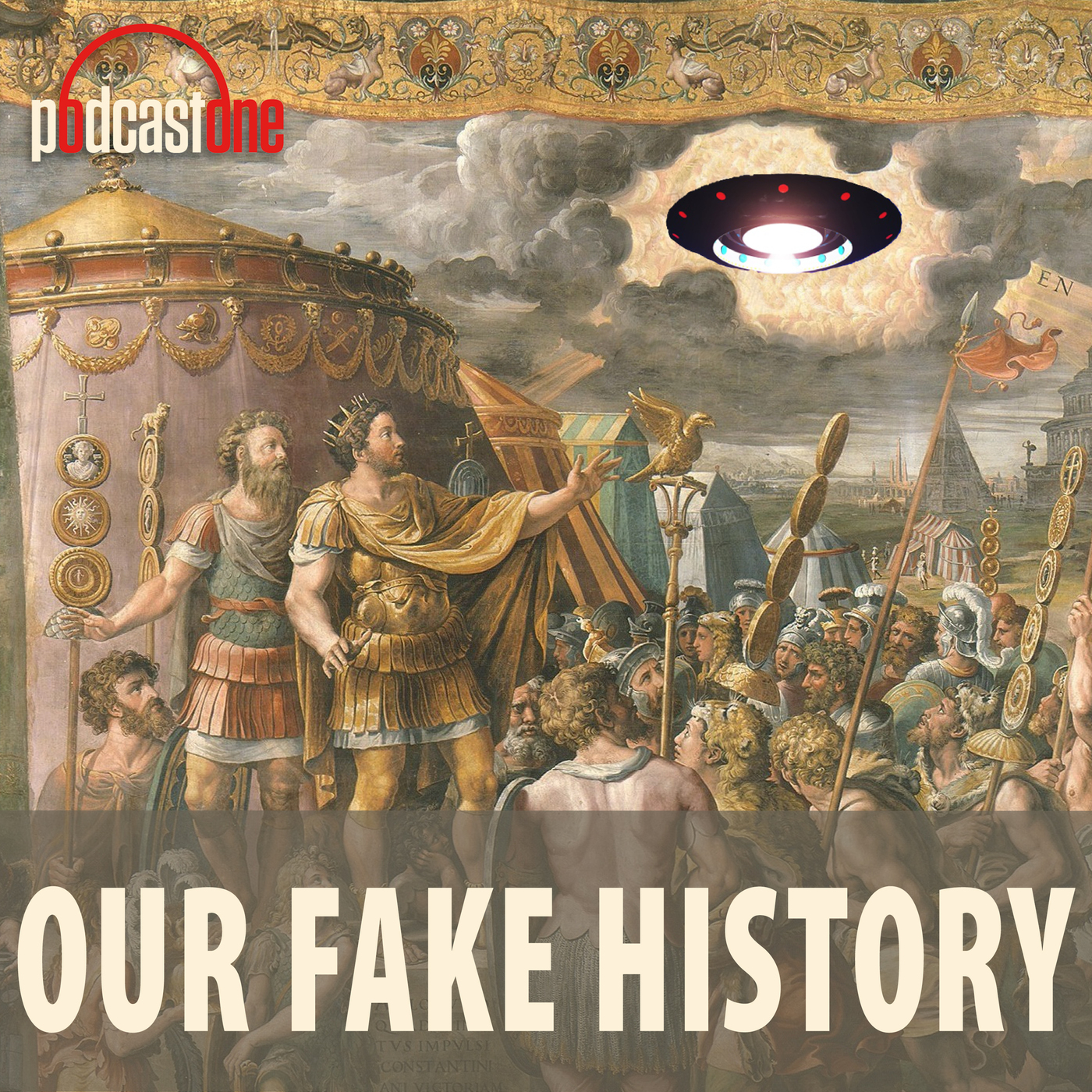OFH Throwback- Episode #14- Did Gods Colonize the Pacific?
On this throwback episode we revisit Episode #14 from Season One of the podcast. The Pacific Ocean is the most expansive body of water on planet earth. Despite this fact ancient people managed to venture forth into its immensity and create a civilization of incredible sophistication. The question of how the ancients managed to settle the Pacific perplexed academics for generations. This left the door open for some pretty wild theories about the origins of the Polynesians. Chief among these theorists was the Norwegian adventurer Thor Heyerdahl . Heyerdahl’s audacious stunts would make the world question the conventional wisdom on the Polynesians. But should his theories be trusted? Tune in and find out how stone giants, Gilligan’s Island, and the last cannibal on Fatu Hiva all play a role in the story.
See Privacy Policy at https://art19.com/privacy and California Privacy Notice at https://art19.com/privacy#do-not-sell-my-info.
See Privacy Policy at https://art19.com/privacy and California Privacy Notice at https://art19.com/privacy#do-not-sell-my-info.
Press play and read along
Transcript
Transcript is processing—check back soon.
Our Fake History — OFH Throwback- Episode #14- Did Gods Colonize the Pacific?
